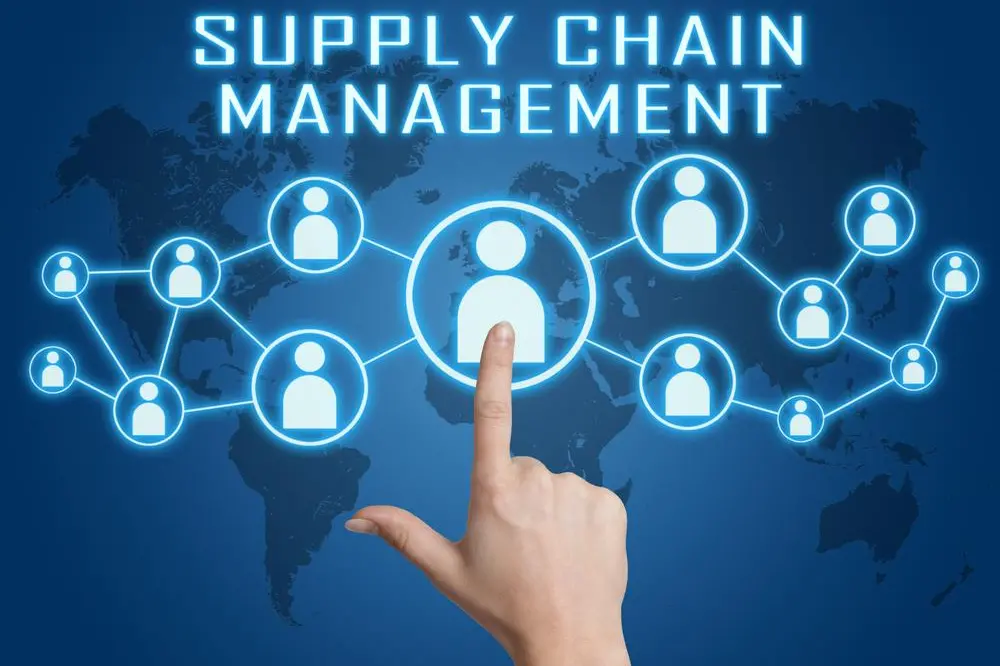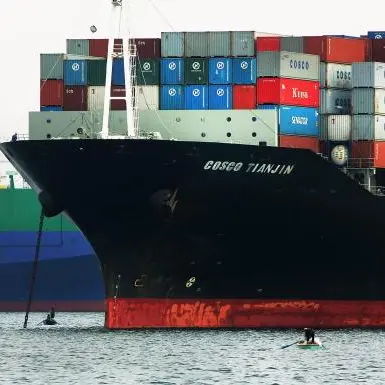PHOTO
Vendor management is taking on a crucial role in the business process. As service delivery models and supply chains become more complex, GCC businesses will need to take a strategic approach to managing suppliers and developing an efficient cloud-based network infrastructure.
Impact on businesses
Vendor management enables organisations to control costs, drive service excellence and mitigate risks to gain increased value from their vendors throughout the deal life cycle, research firm Gartner says.
The speed of business and the rise of innovative forces such as cloud models, mobile applications, predictive analytics and machine learning have transformed the corporate landscape. Therefore, it is no surprise that the role of vendor management is fast becoming integral to the overall business strategy.
However, achieving maximum value from the diverse vendor and sub-contractor relationships, reducing delivery cycle times and complying with regulations such as the introduction in 2018 of value-added tax (VAT) in the GCC region are putting intense pressure on IT systems, human resources and cash flows.
"With the possible introduction of VAT by 2018 in most of the countries of the GCC region, it is a critical time for entities and other organisations across the region to take into account the impacts and other changes that will accompany this introduction," explained Nauman Ahmed, partner and Middle East tax leader at consulting firm Deloitte, in a statement.
Cloud computing has already changed the outsourcing landscape irrecoverably. Cloud use is widespread in the GCC region: The UAE tied at eighth place with Malaysia in the 2016 Asia Cloud Computing Association's Cloud Readiness Index. Latest technological advancements in vendor management have been designed to make it easier than ever to create a more efficient supplier network.
Vendor management explained
The vendor management system encompasses the entire supply chain life-cycle, from management of performance, relationships, contracts, documents, governance, financials, issues and disputes, vendor risk, transition and transformation oversight, to the process of multi-vendor integration.
For example, tracking suppliers and their financials, and providing detailed data on unforeseen costs and regulatory compliance, reduces supplier risk and increases visibility. For documentation, if all data is kept centrally, there is no duplication or loss of contracts. In short, concerns can be addressed before they become problems.
According to a 2016 Deloitte Global Outsourcing Survey, 85 percent of companies are looking at innovative technology advancements to further reduce costs and increase quality of IT service, while 90 percent of vendor management offices affirmed that cloud computing is changing the outsourcing landscape by reducing cost of delivery and speeding up rates of change.
Companies are discovering that by using a cloud-based, fully integrated multi-vendor management system, it is possible to optimise efficiency throughout the supply chain process by developing and maintaining cross-service provider standards and procedures while managing and driving service integration collaboration.
Developing strong supplier networks
The advancements in associated technologies are benefitting vendors too. They can increase the speed of onboarding, which is the process of assimilating bank details, capability information, regulatory data into the system in a fast and error-free way.
The establishment of a fully integrated supply chain with shared digital communication also creates a greater level of collaboration and trust between supplier and organisation, and speeds up the delivery cycle.
Using tools to track and measure performance against supplier contracts means that performance optimisation can still be a priority. It is a transparent process; suppliers are aware of the exact requirements while managers have the edge when negotiating for discounts and incentives with the aid of detailed supplier and procurement information easily accessible and visible on dashboards.
However, underpinning the success of a vendor management strategy is collaboration among the stakeholders throughout the life cycle. From the outset, they should facilitate regular cooperation across departmental and enterprise boundaries while implementing an ongoing risk-monitoring process to identify and evaluate changes in supplier risk profiles.
Companies should ensure that the sourcing model is aligned with the overall business so that there is no overlap or gap in terms of responsibilities within the functions, from contract negotiations to day-to-day management.
Consequent to the inexorable digital transformation process is the fact that client skills are moving away from focusing on execution. Managing vendors at an operational, managerial and strategic level is now mission-critical to the survival of a business.
© Oracle 2017












